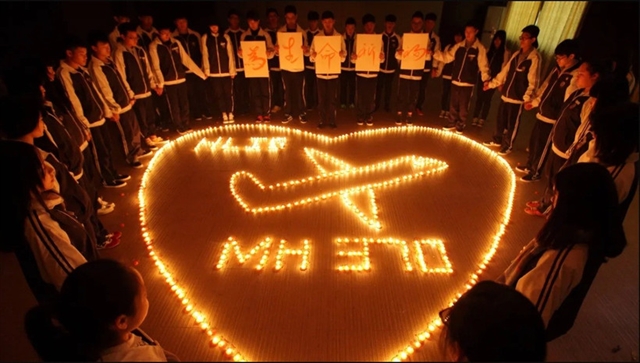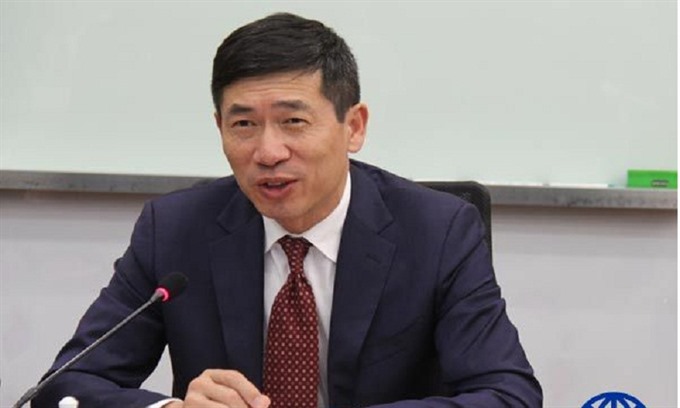 World
World

More than 100 government delegates and development experts are exploring ways to design integrated national financing frameworks for implementation of the Sustainable Development Goals (SDGs) in Asia-Pacific during a meeting.
 |
| UN Assistant Secretary-General and UNDP Director for Asia and the Pacific Haoliang Xu gives a speech at the meeting. — Photo daily-sun.com |
BANGKOK — More than 100 government delegates and development experts are exploring ways to design integrated national financing frameworks for implementation of the Sustainable Development Goals (SDGs) in Asia-Pacific during a meeting.
The two-day meeting, which is on aid ahead of the upcoming Global Partnership for Effective Development Co-operation (GPEDC), was launched yesterday in Bangkok, Thailand. It was organised by the United Nations Development Programme (UNDP) and the Asia-Pacific Development Effectiveness Facility.
“Domestic sources of finance are emerging as a key driving force for sustainable development in Asia-Pacific,” UN Assistant Secretary-General and UNDP Director for Asia and the Pacific Haoliang Xu said. “These new sources of finance allow us to expand the existing development cooperation and partnership.”
According to a new report released today at the event, domestic public finance accounts for 44 per cent of the total and domestic private finance, an estimated 45 per cent of overall resources.
The new resource landscape is reflected in the increase in the number of middle-income countries in Asia-Pacific from 16 to 28 over the past decade.
While international public finance, particularly official development assistance (ODA), accounted for 13.5 per cent of the total financial inflow into the region in 1990, it fell to 3.4 per cent in 2012. As a result, countries are now designing new financing strategies that mobilise contributions from a wide range of sources, including the private sector.
For example, Bangladesh aims for private financing to fund 78 per cent of its 7th Five Year Plan that commenced last year.
“The transformation of development finance translates into increased demand for our services from governments in Asia-Pacific,” Xu said. “Our portfolio of government co-financed programmes quadrupled over the past two years.”
The volume of UNDP’s government co-financed portfolio in Asia-Pacific is presently at US$116 million, according to a new report titled “Together for a Sustainable Future: Achieving the SDGs through Government Co-Financing in Asia and the Pacific.”
Currently, UNDP and the governments have co-financing agreements in 14 countries.
However, ODA continues to be significant, particularly in small island developing states. In Kiribati and Solomon Islands, ODA accounts for over 30 per cent of total financing, while in Tuvalu it accounts for more than half.
Discussions at the workshop are intended provide information ahead of the upcoming GPEDC meeting in Nairobi, Kenya, this November. — VNS



